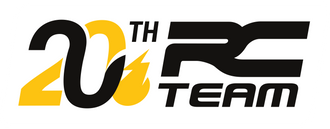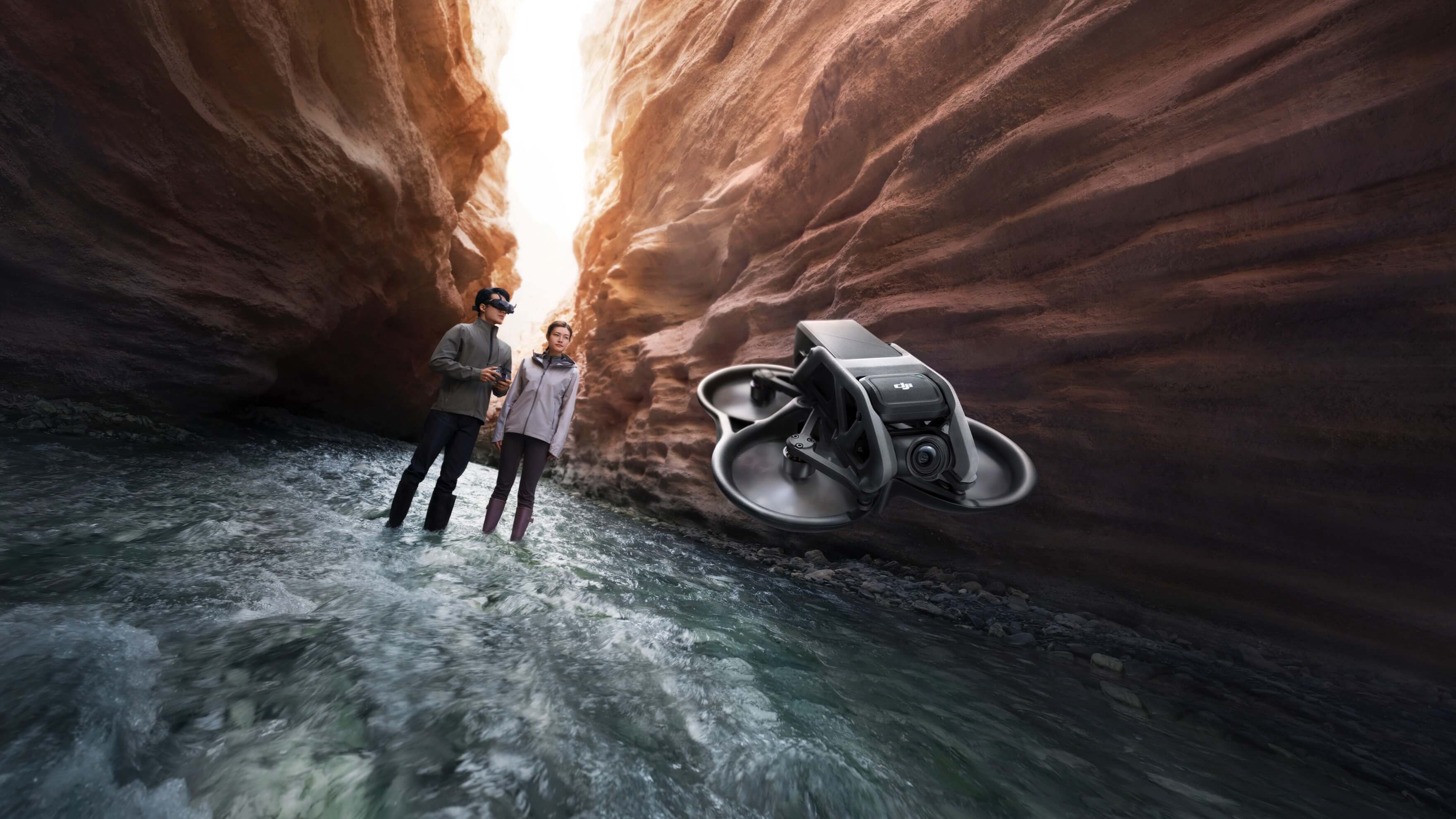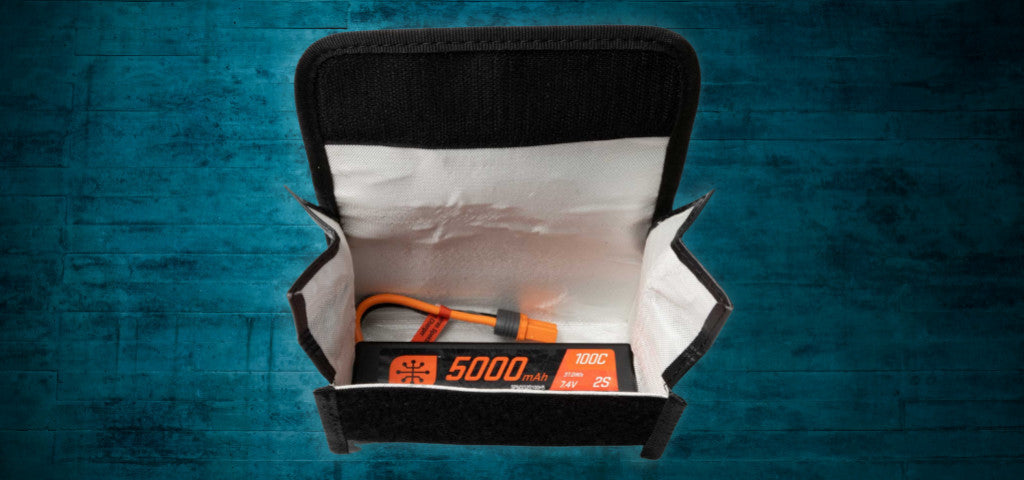Introduction
Legislation concerning drones in France has undergone a number of changes over the years. Several new rules and classifications have been put in place to better supervise the use of drones, whether for leisure or professional purposes. This comprehensive guide explains in detail all the regulations in force, the obligations of pilots and the authorized flight zones.
General drone regulations in France
History of legislation
French legislation on drones began in 2012 with rules designed to provide a framework for this emerging technology. Since then, legislation has evolved to keep pace with technological advances and new drone applications.
Evolution of the rules from 2024
At 2025French regulations incorporated European directives to harmonize rules at continental level. The new classifications CE classifications and stricter requirements are designed to guarantee safety and confidentiality while enabling wider use of drones.
UAV categories and CE classifications
Classes C0 to C4
UAVs are now classified from C0 to C4 according to their weight and equipment. Each class corresponds to specific rules concerning use and flight restrictions:
- C0 Less than 250 grams, without a camera or with a toy camera.
- C1 Less than 900 grams, with data protection devices.
- C2 Less than 4 kilograms, with speed reduction devices.
- C3 and C4 Less than 25 kilograms, with specific rules for drones without automatic control modes.
Drones must be equipped with a CE class mark to fly in the open category from January 2024.
Authorized and prohibited flight zones
Specific restrictions
Flying a drone is an activity that requires compliance with certain regulations. It's important to know where it's permitted to fly a drone, and where it's forbidden or subject to special conditions.
- Prohibitions Flying is forbidden over sensitive areas such as nuclear power plants, military bases, prisons, sensitive factories, national parks, certain nature reserves, biotope zones close to airports, and so on.
- Classes C1 to C4 It is forbidden to fly over people with a class C1 to C4 drone, or with a drone weighing more than 250 grams without class indication.
For information on authorized and unauthorized flight zones, please consult the Aeronautical Information Service (SIA) or Geoportal.
Training and certification requirements
Certificate of competence
To pilot a drone, it is often necessary to have a Certificate of Competence. This certificate confirms that the pilot has the knowledge and skills required to operate the drone safely.
Register with Alphatango
All drones over 250 grams must be registered on the Alphatango platform French Civil Aviation Authority (DGAC). This obligation also applies to drones equipped with camerasregardless of their weight.
Flight scenarios in France
S1, S2, S3 and S4 scenarios
French regulations provide for several flight scenarios for drones:
- S1 Direct visual flight, at a maximum distance of 200 meters from the pilot.
- S2 Flights out of the pilot's direct line of sight, up to a distance of 1 km.
- S3 Flights close to people, at a distance of 100 meters.
- S4 Out-of-sight flights in remote areas, under strict conditions.
Each scenario has specific requirements in terms of training, equipment and flight notification.
Scenario S1: Direct visual flights (VLOS)
Requirements :
- Drone weight Less than 25 kg.
- Maximum distance : Flights at a maximum horizontal distance of 200 meters from the pilot.
- Maximum height 120 meters above ground level.
- Flight zones Flying in populated areas or over crowds of people is prohibited.
- Training : Pilots must hold a theoretical and practical training certificate.
- Equipment The drone must be equipped with a distance-limiting device and a circuit-breaker.
Context:
The S1 scenario is mainly used for leisure flights and some simple professional missions. It enables operators to maintain constant visual control over the drone.
Scenario S2: Out-of-line-of-sight flights (BVLOS)
Requirements:
- Drone weight Less than 2 kg.
- Maximum distance : Up to 1 km horizontal distance from the telepilot.
- Maximum height 50 meters above ground level.
- Flight zones Flying in populated areas is prohibited.
- Training Specific training for BVLOS flights, including risk management and emergency procedures.
- Equipment The drone must be equipped with an independent circuit-breaker and an automatic return system in the event of signal loss.
Context:
This scenario is used for missions where the drone has to cover greater distances, such as inspecting pipelines or power lines. It requires advanced skills and additional equipment to guarantee safety.
Scenario S3: Flying close to people
Requirements:
- Drone weight Less than 8 kg.
- Maximum distance : Flights at a maximum distance of 100 meters from the remote pilot.
- Maximum height 120 meters above ground level.
- Flight zones Permitted in populated areas with prefectoral authorization.
- Training : Specific training certificate, including flight management skills in built-up areas.
- Equipment : Equipped with an impact force reduction system and audible and visual warning systems.
Context:
S3 flights are often used for public safety operations, film shoots, and urban surveillance missions. This scenario calls for stringent safety measures to minimize risks to people on the ground.
Scenario S4: Out-of-line-of-sight flights in remote areas
Requirements:
- Drone weight Less than 25 kg.
- Maximum distance : Not specified, but requires specific authorization for each mission.
- Maximum height : Varies according to authorization.
- Flight zones : Flights in controlled airspace with specific authorizations.
- Training Advanced certification for flights in controlled airspace, including coordination with air traffic control services.
- Equipment The drone must have robust communication systems and advanced safety features, such as parachutes or detection and avoidance systems.
Context:
Used for complex and specialized missions such as mapping large areas, S4 flights require detailed preparations and authorizations. These flights are often carried out by experienced professionals using sophisticated UAVs.
The obligations of drone pilots
Respect for the rules of the air
Drone pilots must comply with rules of the air and rules of the roadIn particular, avoid flying near airfields, military zones, nuclear power plants, historic monuments and national parks.
Protecting your privacy
It's crucial to respect privacy and the image rights of individuals. It is forbidden to capture or distribute images or sounds without the consent of the persons concerned, or to use them for commercial or malicious purposes.
Recreational vs. professional drones
Definition and differences
The distinction between recreational drones and professional drones is based on use. A drone used for professional purposes will be subject to stricter regulations, including the obligation to possess a ULM pilot's license.
Specific regulations for professionals
Professional drones are subject to specific obligations, such as flight authorizations, specific insurance and advanced safety features.
New technologies and their impact on regulations
Geolocation devices
New regulations require the use of geolocation devices to avoid prohibited or restricted areas. These devices also help to find the drone in the event of loss of control.
Distance limitation systems
UAVs must be equipped with systems to limit flight distance to a maximum of 500 meters, or to the range of the radio signal, whichever is less. This reduces the risk of loss of control.
Environmental and safety implications
Protection of flora and fauna
Drones must not disturb flora and faunaor cause noise or visual nuisance. It is essential to fly responsibly to minimize environmental impact.
Safety of people and property
Visit security is a priority in drone regulation. It is forbidden to fly over crowds, carry hazardous materials, or fly under the influence of alcohol or drugs. These restrictions are designed to minimize the risk of accidents and protect people and infrastructure.
Penalties for non-compliance with regulations
Fines and prison sentences
Failure to comply with regulations may result in fines fines and prison sentences. For example, illegally capturing images in sensitive areas can result in a fine of 75,000 euros and a one-year prison sentence. So it's crucial to know and respect the rules in force to avoid such penalties.
Examples of common violations
Common violations include flying over prohibited areas such as nuclear power plants, military bases and airports. Other common violations include failing to maintain minimum distances from people and private property.
Resources and tools for drone pilots
Geoportal
Geoportal is an essential tool for drone pilots in France. It allows you to consult maps of authorized flight zones and aerial restrictions. You can also use applications such as Drone-Spot, Mach 7 Droneand FlyBy to plan your flights and check the necessary authorizations.
Useful applications and websites for flight planning
There are a number of applications and websites to help you plan your flights safely. These include DroneKeeper and Clearance offer detailed information on flight restrictions and weather conditions. These tools are useful for any drone pilot wishing to comply with regulations and avoid fines.
FAQ on drone legislation in France
What types of drone require registration on Alphatango?
All drones weighing more than 250 grams must be registered on Alphatango, as well as those equipped with cameras, whatever their weight.
Can I fly my drone at night?
No, night flights are prohibited in France, except in specific cases and with special authorization.
What are the penalties for flying over prohibited areas?
Penalties can include fines of up to 75,000 euros and prison sentences. It's vital to check the flying zones before each use.
What devices will be mandatory for drones in 2024?
Drones must be equipped with geolocation, distance limitation and remote identification devices to comply with the new regulations.
How can I obtain authorization to fly in a restricted area?
Authorizations must be requested from the DGAC or via the Alphatango platform. It is often necessary to justify professional use or the importance of the flight.
Are there any restrictions on drones weighing less than 250 grams?
Yes, even drones weighing less than 250 grams have to comply with certain rules, particularly as regards flight zones and respect for privacy.
Conclusion
Drone regulation in France in 2024 is complex, but essential to ensure the safety and protection of all. As a drone pilot, it's your responsibility to know and respect these rules. Use available tools such as Géoportail and flight planning applications to stay informed and avoid penalties. For more information and to discover our range of compliant drones, visit our online store.




